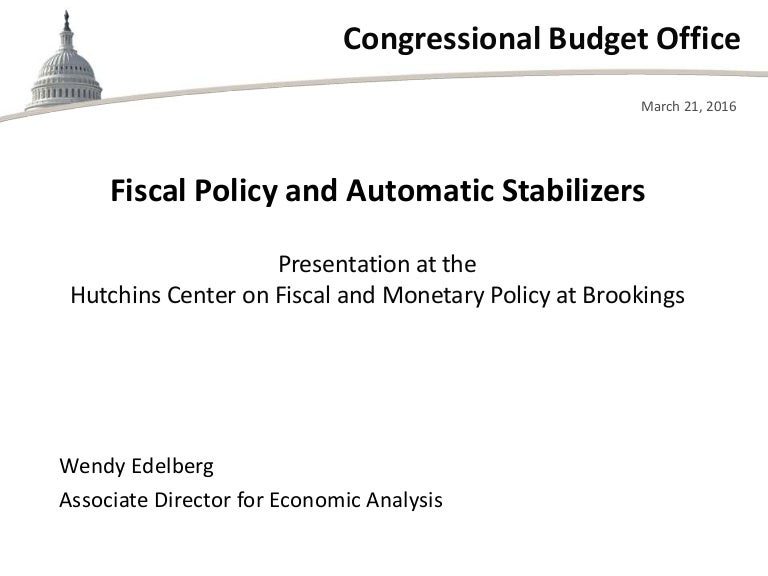

Those mechanisms help stabilize the economy automatically, without any legislated changes in tax or spending policies. That calls for a deficit reduction plan that addresses our longer-term structural deficits and phases in gradually.Federal revenues and outlays regularly respond to cyclical movements in the economy in ways that tend to dampen those movements the budget mechanisms that drive that process are known as automatic stabilizers. In fact, it will grow significantly over the long term.
AUTOMATIC STABILIZERS IN THE ECONOMY TEND TO FULL
Going forward, though, it makes clear that while a significant portion of our current deficit is cylical, it will not disappear even once we reach full employment and erase the output gap. Although the report does not include numbers beyond 2018, we know that the deficit is projected to increase to 3.8 percent by 2023 under current law and that the economy will be operating at its potential during that time (at least in CBO's projection) so the total deficit would be the same as the cyclically-adjusted deficit.ĬBO's report makes clear that the budget and the economy are closely related. Looking forward, as one can see from the chart above, CBO projects that the cyclically-adjusted deficit will decline from a high of 7.1 percent of potential GDP in 2009 to 0.4 percent in 2015 before rising to 2.9 percent by 2018. In this business cycle, the decline in the cyclically-adjusted budget deficit since 2009 represents both specific policy changes (discretionary spending caps and tax increases) and the fading out of things like the 2009 stimulus. Conversely, when the economy is operating at full potential, they are often inclined to reduce deficits through policy changes, like what happened in the 1990s.

This is because automatic stabilizers do not count discretionary use of fiscal policy that policymakers often resort to during recessions.

One thing to note about these numbers is that even when automatic stabilizers are accounted for, the remaining deficit sometimes follows the business cycle as well. Note that for future years, these estimates use current law assumptions. The chart below shows the difference between automatic stabilizer-inclusive and automatic stabilizer-exclusive deficits since 1960. The CBO expects the output gap to remain around $1 trillion through 2014, when it will decline until it is closed by mid-2017. This is not surprising, as we have had an output gap of about $1 trillion annually since 2009, or around 6 to 7 percent of potential GDP.

Examples of automatic stabilizers include income and payroll tax revenue falling as incomes fall during a recession and spending on safety net programs increasing as more people turn to them for assistance.ĬBO finds that automatic stabilizers in recent years have been higher as a percent of potential GDP - in the 2.5 to 3 percent range - than at any other time since 1960 with the exception of a few years following the early 1980s double dip recession. The report shows the effect that automatic stabilizers - features of the budget that tend to automatically push up/down spending and revenue based on cyclical economic effects - have had and what the budget would look like assuming that the economy is operating exactly at its potential. Last Friday, the CBO released a report showing how much the business cycle has affected budget deficits since 1960.


 0 kommentar(er)
0 kommentar(er)
